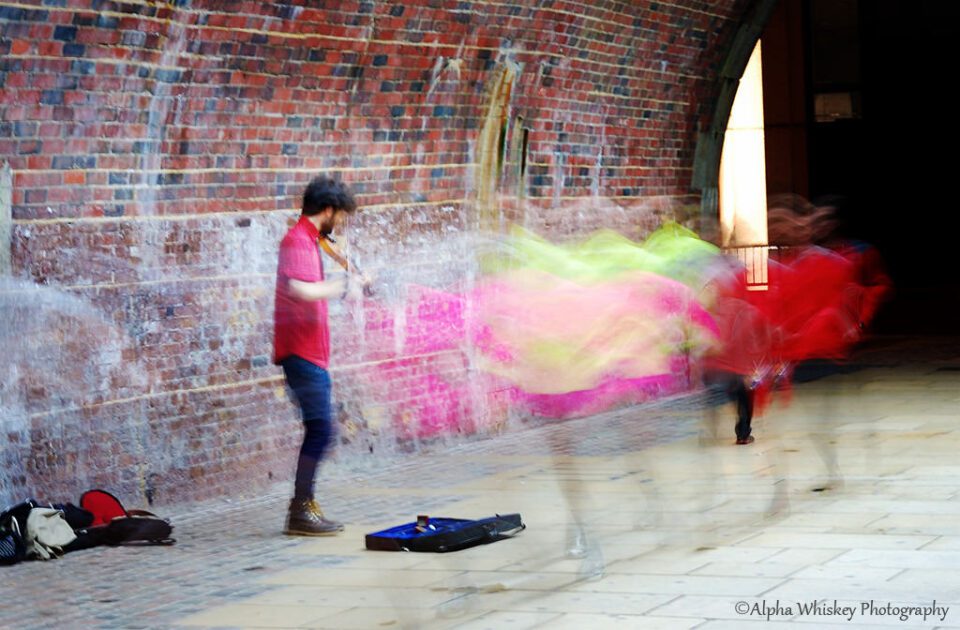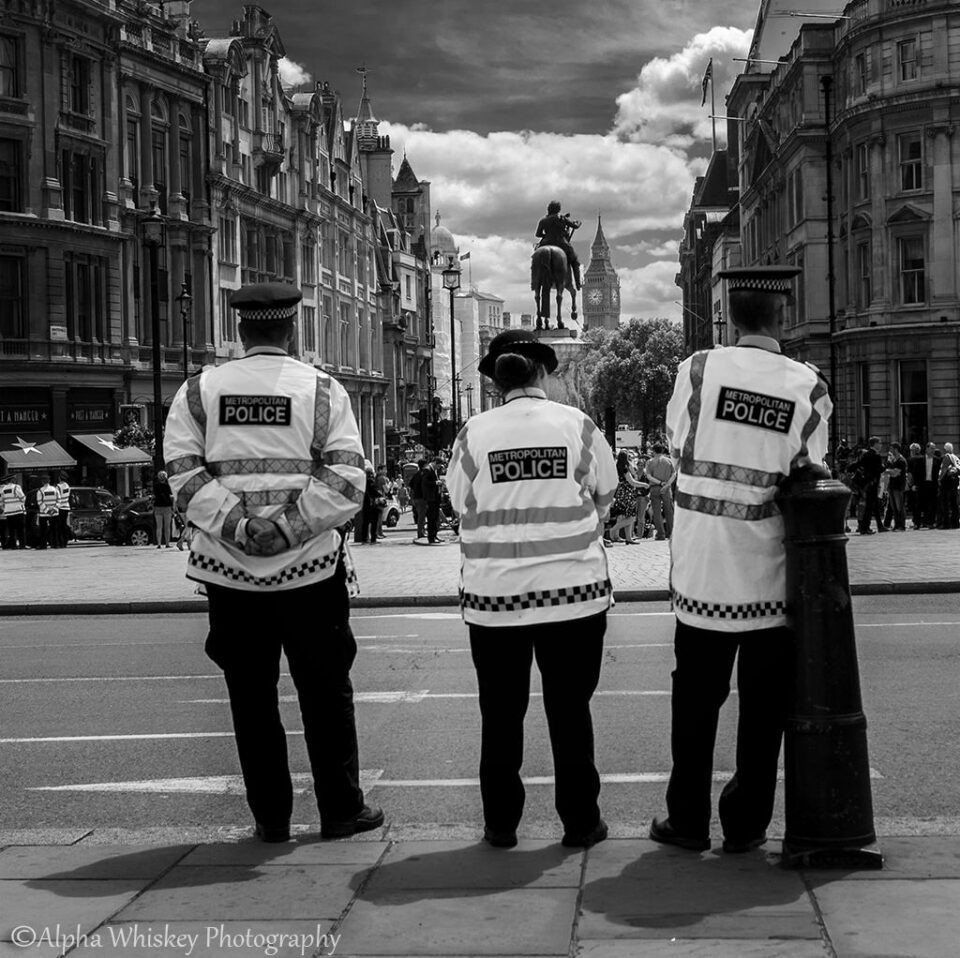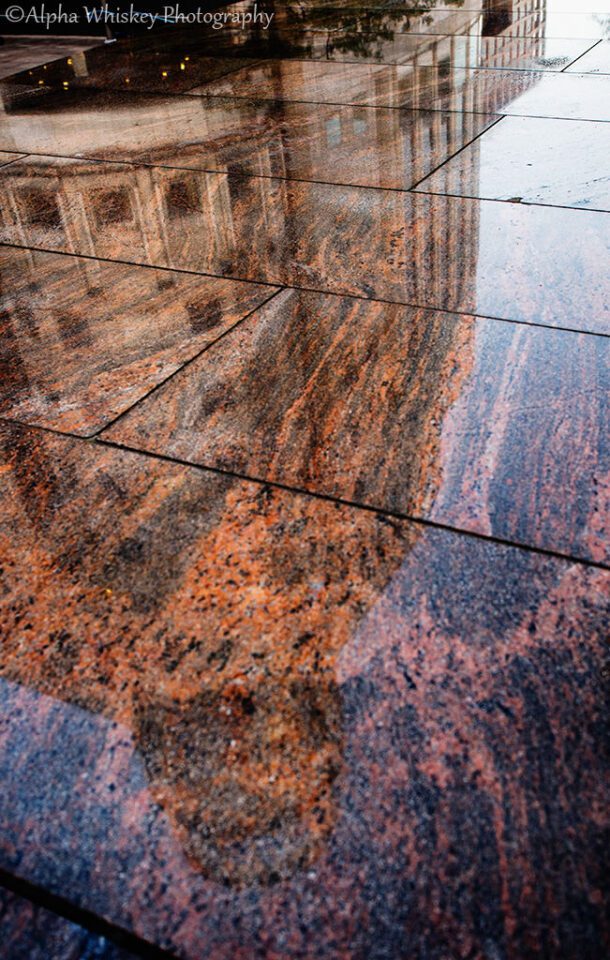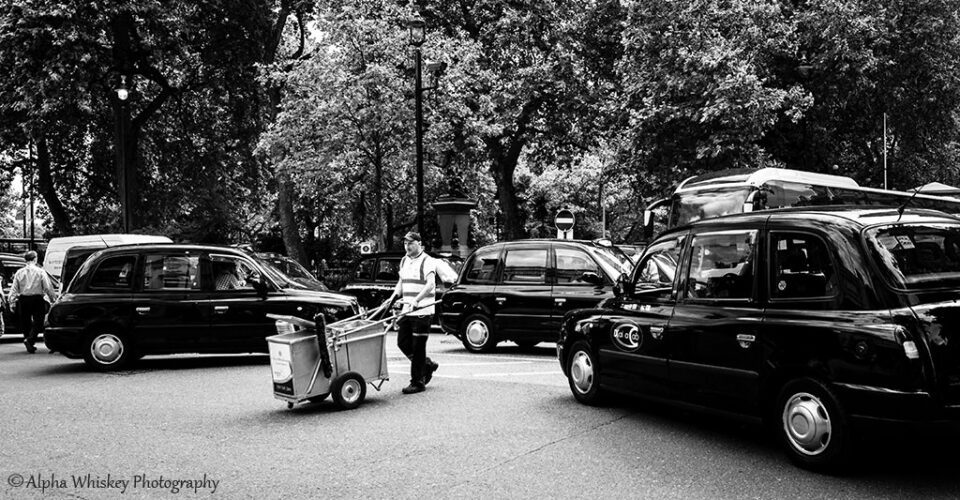فن ليس أثاث
Art, Not Furniture
It’s supposed to move you; to generate an emotional response. It’s about how it makes you feel, not just about how it looks. Anything from a single plain colour to highly complex dendritic patterns will have an effect of some kind. As photographers our judgement is sometimes so clouded by adherence to the strict parameters of good composition that we forget to see the subject and think about why we shot it. Was it really just about neatly filling a frame and fitting golden proportions? Or maybe something or someone intrigued us in that moment?
 E-M5 @ 45mm, ISO 5000, 1/400, f/1.8
E-M5 @ 45mm, ISO 5000, 1/400, f/1.8
من المفترض أن يحركك. لتوليد استجابة عاطفية. يتعلق الأمر بما تشعر به، وليس فقط بمظهره. أي شيء بدءًا من لون عادي واحد وحتى الأنماط التغصنية شديدة التعقيد سيكون له تأثير من نوع ما. كمصورين، أحيانًا ما يكون حكمنا مشوشًا بسبب الالتزام بالمعايير الصارمة للتكوين الجيد لدرجة أننا ننسى رؤية الموضوع والتفكير في سبب تصويره. هل كان الأمر يتعلق فقط بملء الإطار بدقة وتناسب الأبعاد الذهبية؟ أو ربما شيء ما أو شخص ما أثار اهتمامنا في تلك اللحظة؟
Art, Not Furniture
It’s supposed to move you; to generate an emotional response. It’s about how it makes you feel, not just about how it looks. Anything from a single plain colour to highly complex dendritic patterns will have an effect of some kind. As photographers our judgement is sometimes so clouded by adherence to the strict parameters of good composition that we forget to see the subject and think about why we shot it. Was it really just about neatly filling a frame and fitting golden proportions? Or maybe something or someone intrigued us in that moment?
 E-M5 @ 45mm, ISO 5000, 1/400, f/1.8
E-M5 @ 45mm, ISO 5000, 1/400, f/1.8من المفترض أن يحركك. لتوليد استجابة عاطفية. يتعلق الأمر بما تشعر به، وليس فقط بمظهره. أي شيء بدءًا من لون عادي واحد وحتى الأنماط التغصنية شديدة التعقيد سيكون له تأثير من نوع ما. كمصورين، أحيانًا ما يكون حكمنا مشوشًا بسبب الالتزام بالمعايير الصارمة للتكوين الجيد لدرجة أننا ننسى رؤية الموضوع والتفكير في سبب تصويره. هل كان الأمر يتعلق فقط بملء الإطار بدقة وتناسب الأبعاد الذهبية؟ أو ربما شيء ما أو شخص ما أثار اهتمامنا في تلك اللحظة؟








تعليق